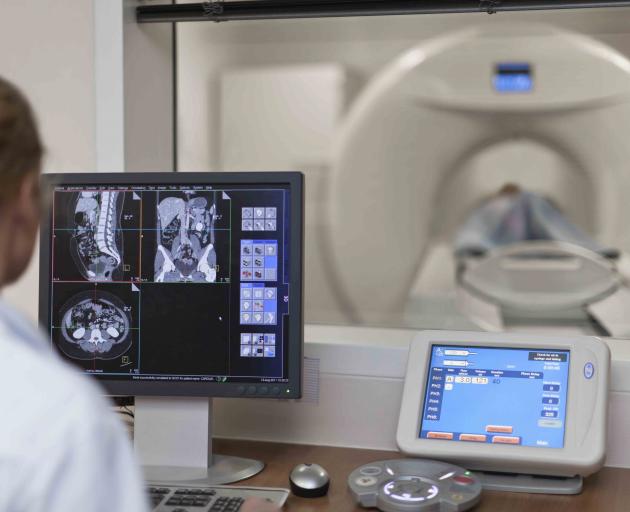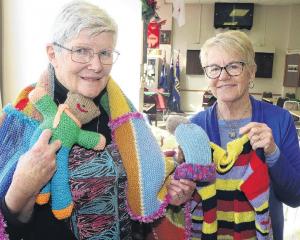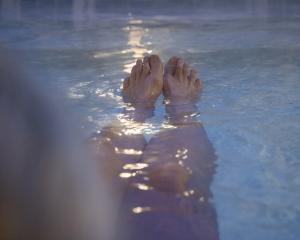
Staff have come up with the new technique as the board looks at ways to cut costs, and their efforts are being praised by outgoing acting chief executive Andrew Brant.
“This week I was heartened to hear about an initiative that’s a winner all round: Saving time, saving money and saving the planet,” Brant said.
He said the CT (computed tomography) team in radiology came up with the dye-injection idea and trialled it, before successfully introducing the system.
With five CT scanners each performing 30 CT scans a day, the new system would save time and money, reduce waste, and also be better for patients.
It was forecast to save more than $140,000 in the 2020/2021 financial year and $287,000 per year going forward.
He urged other staff at the organisation to let their managers know if they had any ideas that would save money as the organisation worked hard to reduce its deficit. Last year the Government bailed out the CDHB to the tune of $180 million to wipe its deficit for the coming year.
“Everyone has a part to play. It’s not someone else’s responsibility – it rests with all of us,” Brant said.
Contrast media or dye is injected into a patient’s vein via an intravenous catheter during a scan to enhance vessels and emphasise structures within the body.
Historically, the CDHB used single-use disposable contrast injector consumables. Christchurch Hospital’s CT department in radiology investigated using a multi-use syringe delivery system instead, which allows 12 hours use per syringe set. The system is designed with safety features that protects against contamination from multiple use.
CT team leader Paul Mouthaan said after an initial trial the benefits of the new delivery system were clear.
“It allows a safe and efficient workflow between patients, which is especially important as our outpatient and inpatient CT workload has increased in demand. The system also allows our medical imaging technologists to easily
individually tailor the contrast material volume for patients based on their weight and renal function, reducing the risk of contrast-induced acute kidney injury.”
New chief executive Dr Peter Bramley started his role on Monday.













